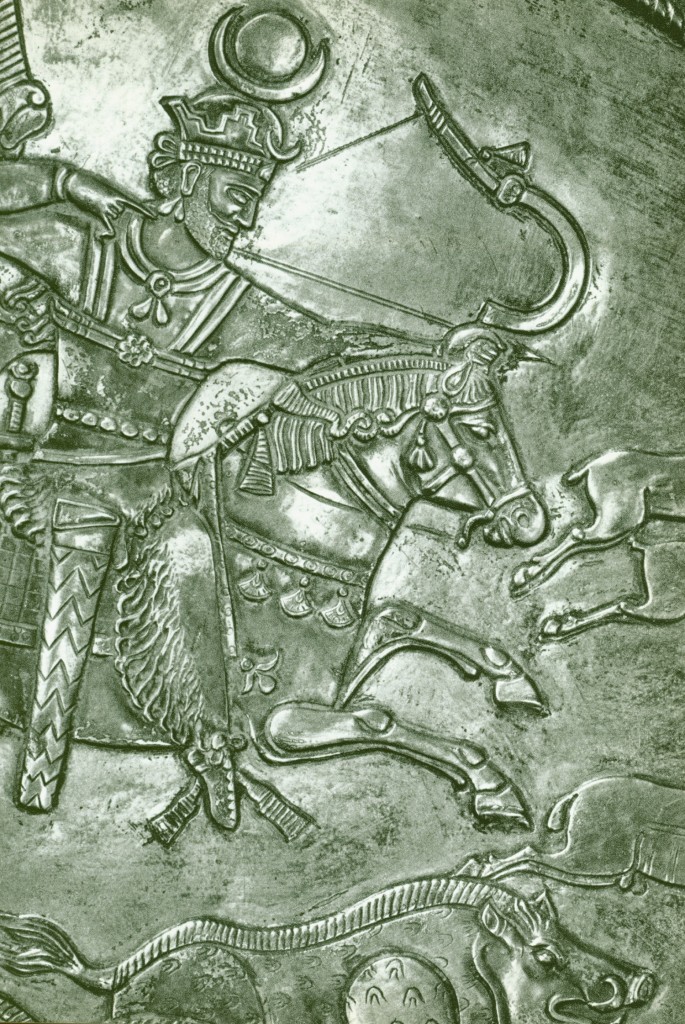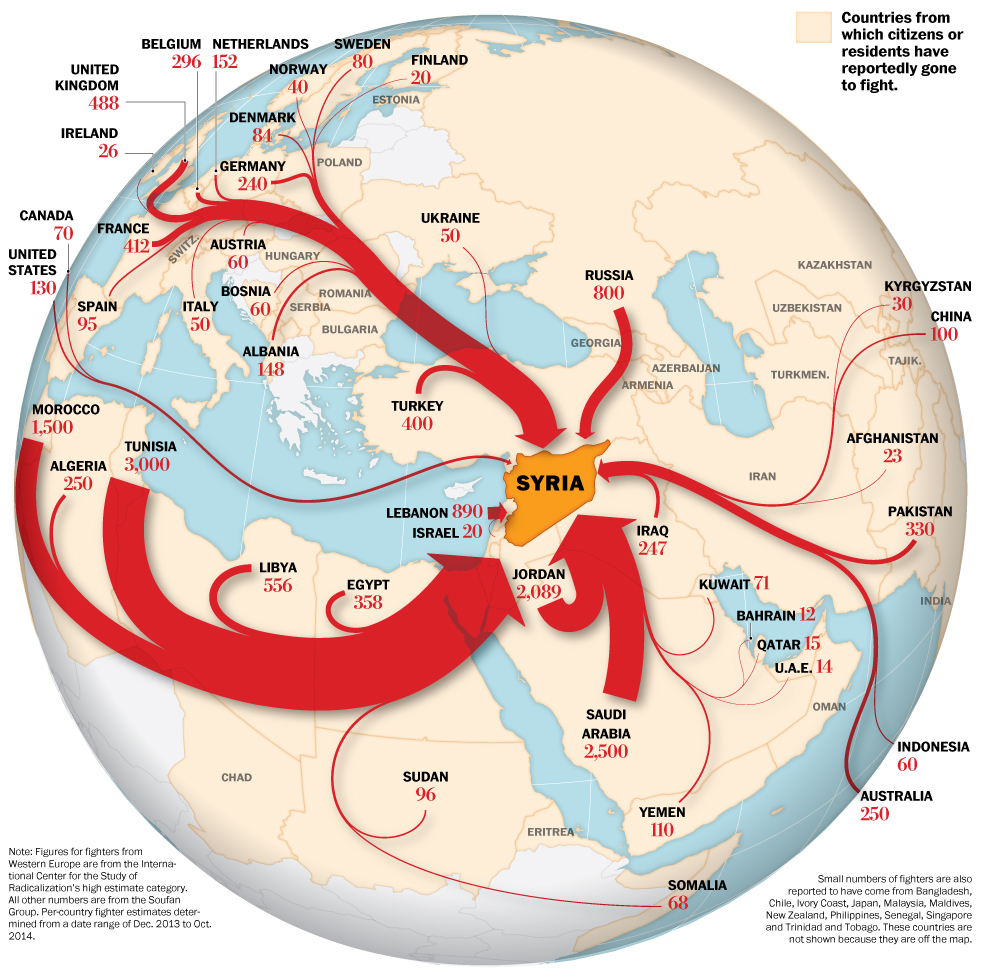Archive:
Global Late Antiquity
The Arab Conquests and Sasanian Iran (Part 1)
Some General Observations on the Late Sasanian Period
Global Late Antiquity
VIDEO: The Islamic State: Motivations, Emigration, and Ideology
Critical Approaches
/
Current Events





